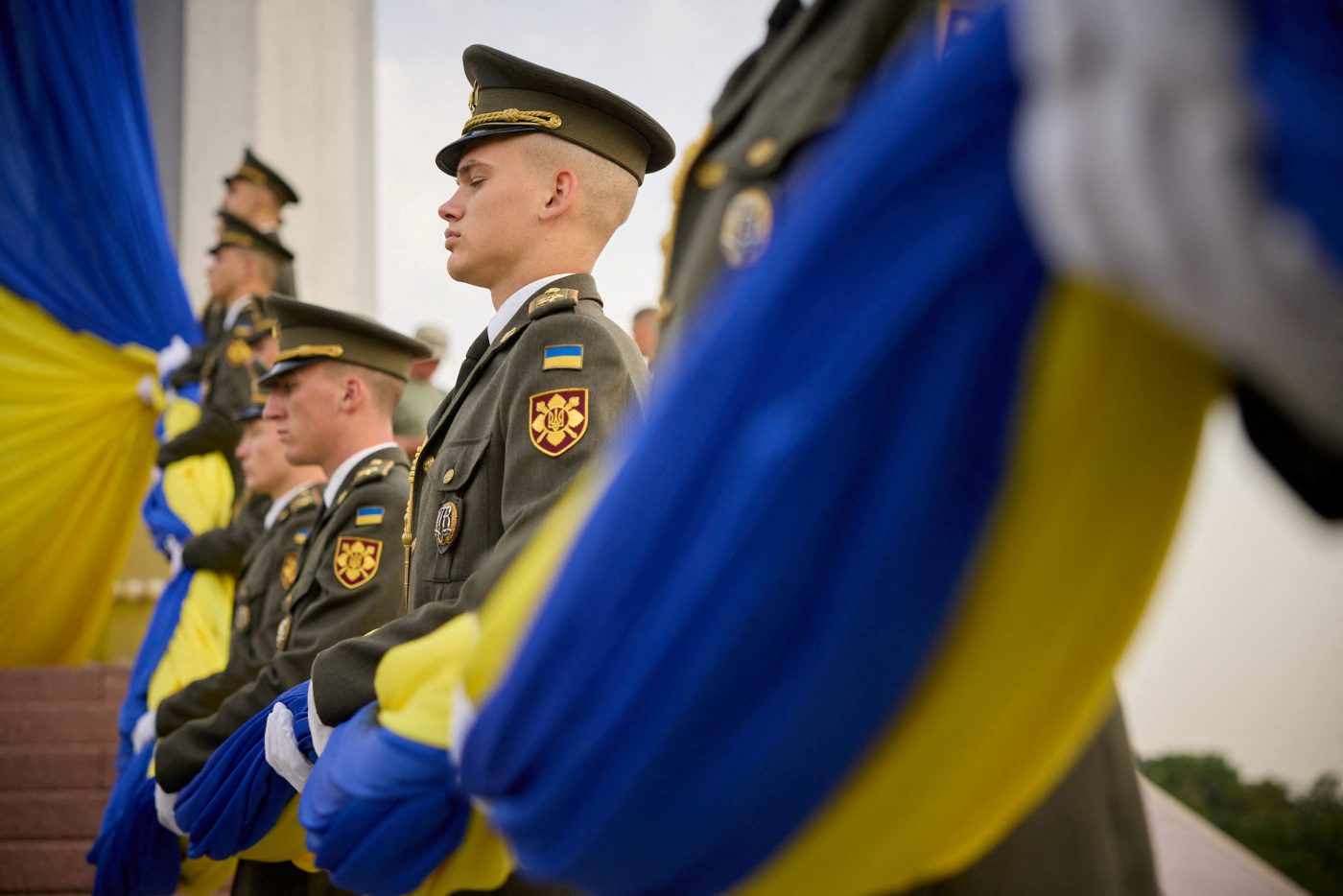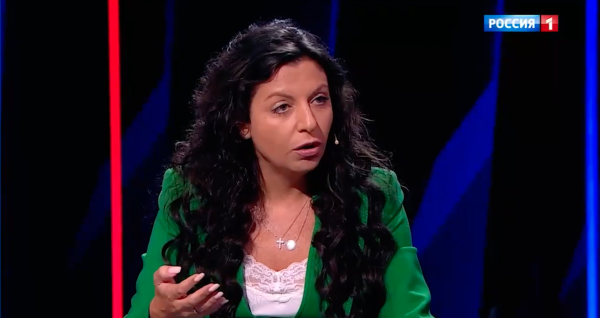The time lapse between the air raid alarm and the first explosion is hardly 40 seconds. As one struggles with that deafening sound of something huge exploding close by, a second arrives. My Ukrainian friends stay cool. They all have been through much heavier Russian shelling, especially in the first months of the war.
Back then, the Russians got very close to Kharkiv city and pounded this East Ukrainian town heavily; the video images of the regional administration building blown apart on March 1 2022, killing 29 people on the spot, universities burning (part of the rich cultural fabric of this city), not to mention Saltivka district. This northeastern neighborhood, now a series of churned, collapsing residential buildings and debris that bring echoes of Grozny, or, more recently, Mariupol.
Last year’s triumphant Ukrainian army counter-offensives pushed back the invading Russian forces, bringing some relief to the city. But even with Kharkiv oblast near-fully liberated, Russia can still periodically shell the city from Belgorod. These attacks increasingly employ S-300s, originally surface-to-air missiles that have now been repurposed to strike ground targets (with limited accuracy and often disastrous consequences.)
While sanctions degrade Russia’s capacity to produce high-precision munitions and other advanced weaponry, it now taps into stockpiles of inferior missiles, such as S-300s, which Ukrainian air defenses, even with modern Western systems, struggle to intercept at such a short range.
I met survivors of these lethal “area” attacks, most of them active members of Kharkiv civil society. Nataliya survived a missile strike early in the war, with one rocket hitting a nearby building and a second one right afterward (Russia does this to kill emergency service personnel arriving after the first barrage, a bloody technique it perfected in Syria). Dascha, an artist, lost her house. Some of her students in the National University of Arts lost parents or other family members.
Russian attacks like this recent one in Kharkiv hardly make it into the Western news anymore. The same is true for artillery barrages against border regions, not to mention frontline areas in Donbas and South Ukraine.
Life and its everyday quality in Ukraine are now contingent on two factors: first, proximity or distance from Russian artillery range; second, air defense to intercept drones and missiles, which can cover the whole country as Russia fires from as far away as the Caspian Sea — a pattern that can only be countered with more Ukrainian long-range fire (that is missiles and modern aircraft) that the West, chiefly the US, is dragging its feet on, as it did with tanks. (The US has pledged guided munitions of up to 150km (93 miles) range, and the UK is currently tendering missiles for Ukraine of up to 300km, though these will be ground attack variants. Neither will arrive for some months.)
Meanwhile, Ukraine remains all too vulnerable to Russian attack. There are several zones of vulnerability. There is a first line — a first circle of hell — where the Kremlin’s forces have simply erased entire cities and villages across the frontline, chiefly in Donbas – Marinka, Bakhmut, Vuhledar, or, increasingly, Avdiivka. While they are at it, its gunners increasingly target a second adjacent line of inhabited towns (Slovyansk, Chasiv Yar, Kramatorsk, and others), aiming to level them in preparation for another offensive and to spread terror and force the population to flee. This includes liberated areas, such as Kherson city, where on May 3, Russian shelling of a grocery supermarket and other civilian targets killed at least 23.)
A third line includes rear cities and centers farther away, such as Dnipro, Zaporizhzhia, Mykolaiv, and Odesa, that are regularly targeted for long-range attacks. An outer layer includes Kyiv, Lviv, and much of the rest of the country, far from current the battlefront, but never really safe, as the latest barrage of missiles shows. The results — as with Uman on April 28, when 23 civilians were killed, including several children, or Dnipro on January 14, when 45 civilians were killed, are individually equivalent to a single, large terrorist attack in a Western city (and, cumulatively, to several attacks). The Russian message is that there is no safe place in Ukraine. The population is told to flee or submit.
For Ukraine, it has been a priority to push back Russia’s fire as much as possible, so that life can be protected and some prosperity return, even if much of its borderlands will remain unlivable for years. Life in downtown Kharkiv now, with people and economic activity returning, with cafes and malls open, testifies to this and to what Ukraine could be again. But everyone knows that this sense of returning normality could be wiped away at any moment.
Ukrainians have logically concluded that they must fight on. Around 90% would want to continue hostilities even if Russia used a nuclear weapon. Some in the West, the so-called peace now camp, feel that this Ukrainian choice is at best epic but irrational; and at worst a whim borne from a stubbornness that should not be indulged. Some posit that since Kyiv did not fall in 2022 and that Ukrainians later managed to push back the Russians in much of the country, Russia is incapable of making more advances. They say a stalemate is inevitable and that the senseless loss of lives and resources should be stopped immediately. A bad peace is better than any war, they say.
There are fundamental problems with these arguments and the proposals that tend to follow from them.
First, Ukrainians cannot stop fighting because the war is an issue of national existence. These threats are immediate, as shown above, and mid- to long-term too. It is dangerously naïve to entertain that Ukraine would enjoy any security with some 300,000 Russian soldiers on its soil and with more to come, and with Russia still occupying 17% of the country.
Second, Ukraine is not viable as an independent country without its stolen land. That is especially the case in the South, where it must regain access to the seas and to unimpeded sea routes, crucial for its exports. For now, this can only be sought through more military pressure, with Western backing, and with successful counteroffensive operations. Russia does not offer a withdrawal, in fact, it demands surrender. This is an impossibility.
Third, Ukraine has fundamental, legitimate humanitarian reasons to liberate its people in the occupied regions and to halt Russia’s campaign of abuse, torture, and intimidation, along with its ramped-up plans for re-population. (Hence the deportation of children, for which the ICC ordered Putin’s arrest, and his new decree preparing the way for “foreign and stateless” Ukrainians who refuse to become “Russians” to be deported from July 2024.) Such policies, reminiscent of Stalinism and earlier Russian colonialism, aim to turn Ukraine into a Russian province through forceful population transfers and forced “re-education.” The longer Russia holds control of these areas, the more difficult it will be to reverse these policies.
Fourth, all such ceasefire proposals are predicated on the idea that Putin can be bought off with Ukrainian territorial concessions. This ignores the inescapable fact that he remains bent on total military victory. Hence the ongoing Russian efforts for force regeneration, military production, and sanctions busting. His theory of victory is premised on Western fatigue, while he throws one army after the other at Ukraine, degrading Ukrainian capacity and hoping for a final blow. Any façade of stalemate, with the possibility of holding his gains, will just encourage him to press on.
Thus proposals for a ceasefire, let alone a diplomatic settlement — e.g. like those floated by Brazil’s President Lula — that do not have as a starting point the United Nations Charter, Russian withdrawal, justice for war crimes, and real security guarantees — are not just unrealistic. Were this campaign to succeed, it would allow Putin to proceed with the steady destruction of Ukraine (Russia would no doubt go on bombing Ukraine citing “provocations”), making life impossible in much of the country and killing off economic recovery efforts; condemn to hell many Ukrainians in occupied areas; give a veneer of legitimacy to his conquests — with consequences beyond Ukraine — while providing him with breathing space to rearm and, possibly, gear for another full-scale invasion. So, absent the terms above, the “peace now” camp is a misnomer. It would not bring just and lasting peace. Memories of similar, fateful diplomatic mistakes in Bosnia should weigh heavily too.
Ukrainians are the first to crave peace — they just know better than anyone else what is best to them and their future.
When I enquire about their many losses and will to fight on, the answer I often hear is that “we have to make sense of their deaths and finish the job, one way or the other”, for “we do not want our sons and daughters to fight the same war in a few years.”
Before the air raid alarms and the missile blasts, on a brisk, sunny springtime evening, after a mesmerizing music concert by first-year students of the Arts University (a first since the invasion), the streets of Kharkiv are bustling again with cars, citizens going about their lives and teens skating in the Taras Shevchenko park. One could not but feel that victory would ultimately look much like this. The bustle of ordinary life, and a dignified one at that.
Borja Lasheras is a Non-resident Senior Fellow with the Transatlantic Defense and Security program at the Center for European Policy Analysis (CEPA.) He is Special Adviser for Ukraine, to the European External Action Service (EEAS). He served at the Spanish Presidency of the Government from 2018—2021, and was ultimately Senior Foreign Policy Advisor.
Europe’s Edge is CEPA’s online journal covering critical topics on the foreign policy docket across Europe and North America. All opinions are those of the author and do not necessarily represent the position or views of the institutions they represent or the Center for European Policy Analysis.





